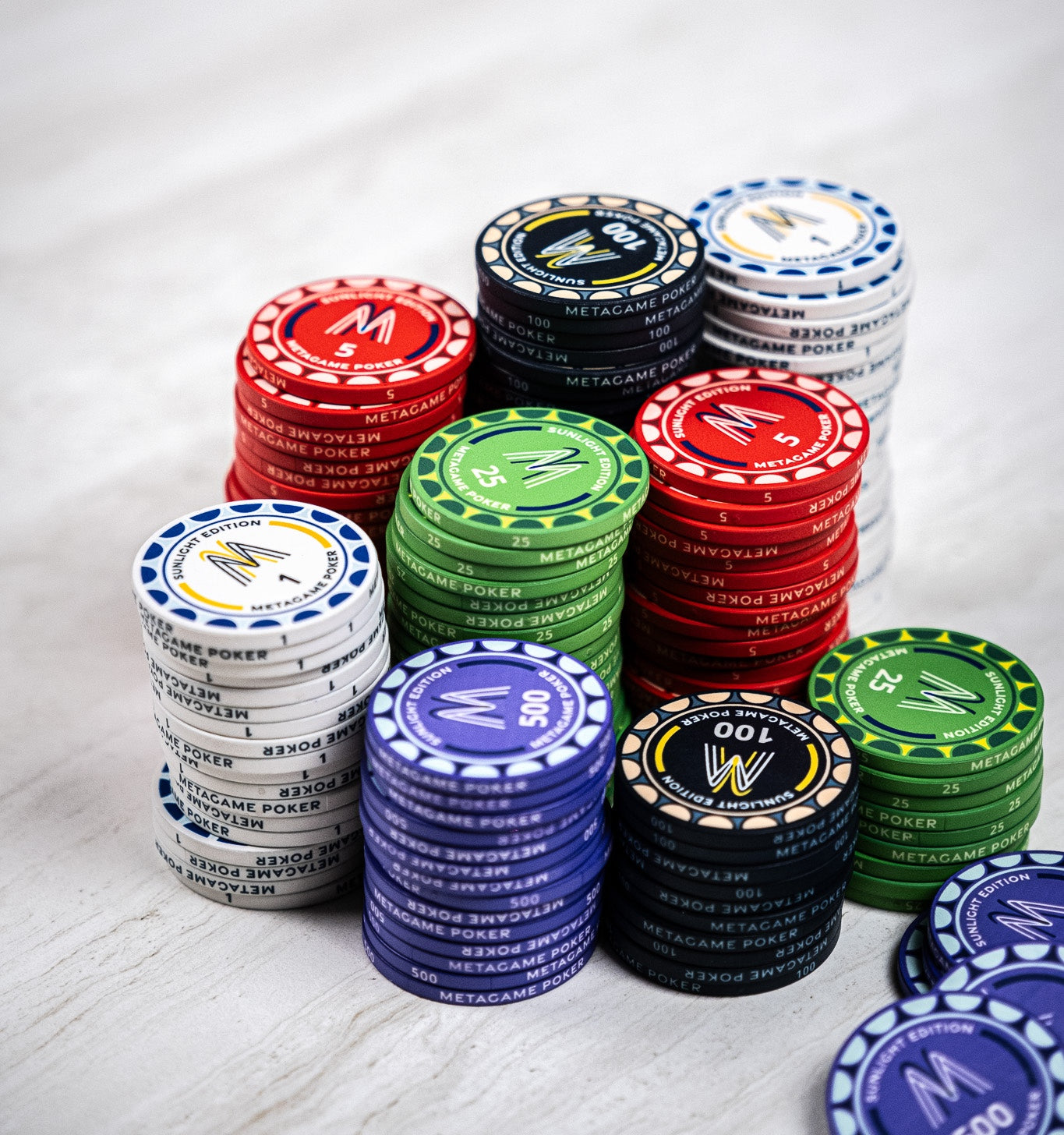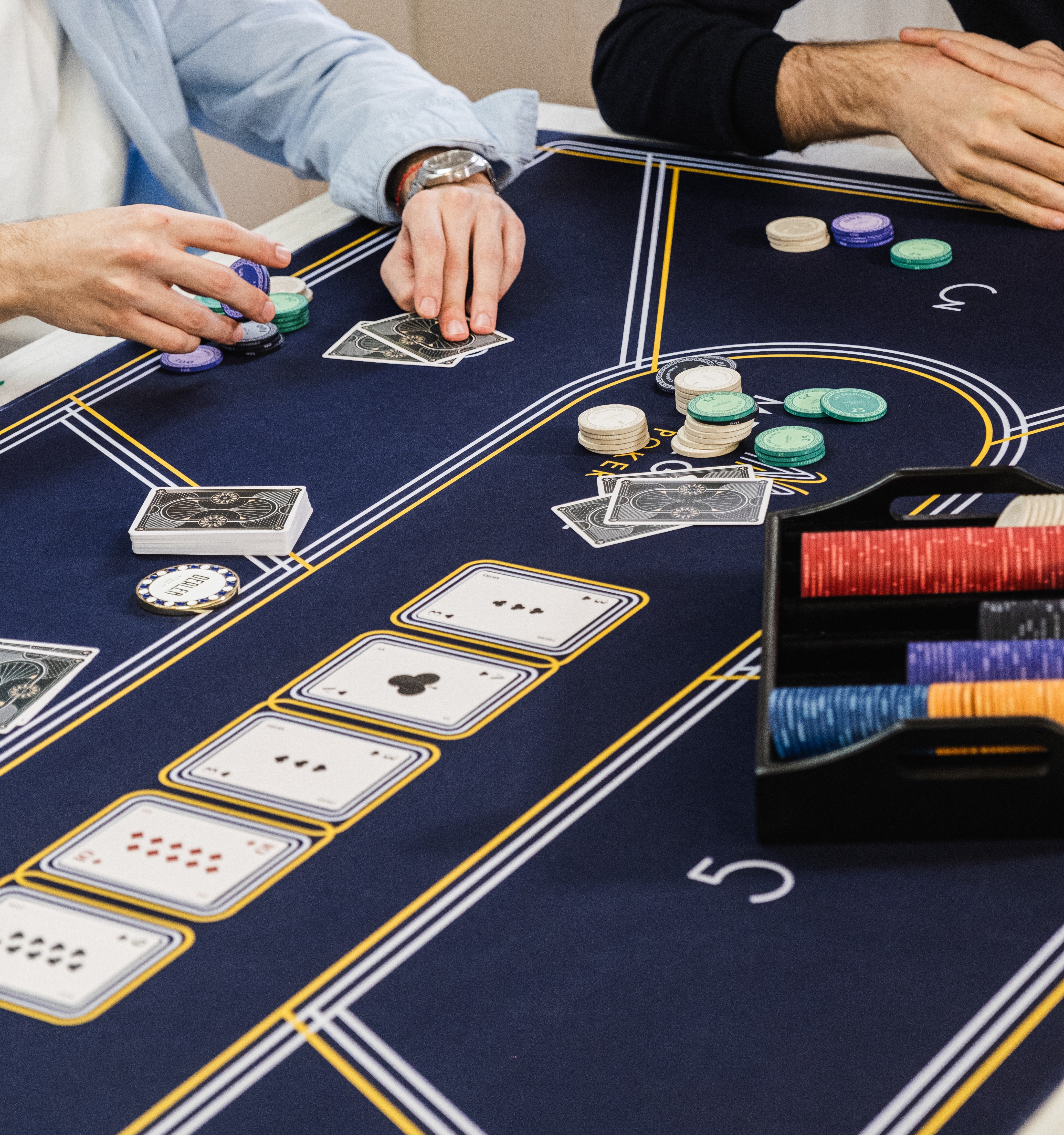
Probabilities in No Limit Holdem (NLHE) poker
No Limit Hold'em (NLHE) is one of the most popular poker variants, where each player is dealt 2 hole cards.
Poker is played with a standard 52-card deck, divided into 4 suits:
- 13 Spades
- 13 Clubs
- 13 Hearts
- 13 Diamonds
The number of possible card combinations is 1,326. Therefore, the chance of being dealt a specific combination is 1 in 1,326.
The probability of being dealt a specific card is 1/52.
For example, if you want to be dealt the Ace of Hearts and the Ace of Diamonds:
- There are 2 chances out of 52 of getting one of these cards on the first draw, and then 1 chance out of 51 of getting the other card on the second draw.
The probability of being dealt these two specific cards is thus 2/52 × 1/51 = 2/2,652 = 1/1,326.
The probability of being dealt a card of a specific suit is 13/52 = 1/4.
The probability of being dealt two cards of the same suit is 13/52 × 12/51 = 156/2,704.
For your calculations, remember that when using the word "and," the calculation will be a multiplication:
Example: Being dealt an Ace and a King
8/52 × 7/51 = 56/2,652 = 28/1,326 = 14/663, which is approximately 2% chance.
When using the word "or," the calculation will be an addition:
Example: Being dealt at least one Ace or one King
(4/52 + 4/52) + (4/51 + 4/51) = 206/663, which is approximately a 30% chance.
Another very useful calculation tool in poker is determining the probability of certain cards appearing on the turn and/or river. These cards are called "outs." For example, if you have two Hearts and two Hearts are already on the board on the turn, you have all remaining Hearts in the deck as outs to complete a flush on the river.
Specifically, if you have two Hearts, two are on the board, and there are 13 Hearts total in the deck, you have 13 - 4 = 9 outs.
Once you know the number of outs you have, you can estimate the approximate probability of hitting one of them by multiplying this number:
- By 2 if one card remains to come (the river)
- By 4 if two cards remain to come (turn and river)
In this example, with 9 outs on the turn, you have 9 × 2 = 18% chance of hitting a Heart to complete your flush on the river.



Leave a comment
This site is protected by reCAPTCHA and the Google Privacy Policy and Terms of Service apply.